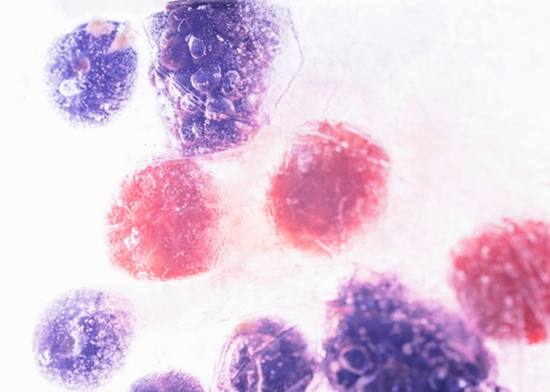Tissue Engineering Using Differentiation of Endometrial Stem Cells into Ameloblast Cells and Implantation on Hydroxyapatite and Collagen Nanocomposite Scaffold

Background: Dental tissue engineering (DTE) is an inspiring biological approach to replacing lost teeth. The strength of the differentiation of basic endometrial cells to ameloblasts is yet to be fully understood. Moreover, the construction of a scaffold, upon which ameloblasts can both grow and replicate, has been a challenge in DTE. Methods: This is an experimental study. Basic endometrial cells were first isolated and cultured before induction of differentiation to ameloblast cells by adjacency to mesenchymal rat cells and application of fibroblast growth factor 8. Hydroxyapatite nanoparticles were synthesized by freeze‑drying method. The nanocomposite collagen and hydroxyapatite scaffold were synthesized by the solvent casting method. Finally, the amyloblast cells were implanted into the hydroxyapatite and collagen nanocomposite scaffold. Results: The success of cell differentiation was confirmed through staining using specific antibodies against ameloblastin and amelogenin markers. Expression of ameloblast‑specific mRNAs, such as ameloblastins, amelogenins, and cytokeratin 14 was detected in the differentiated cells. Alizarin red staining clearly illustrates mineralization nodules in the differentiated cells. Staining against specific ameloblast markers showed that the differentiated ameloblast cells are expressed on the scaffold, unlike the control group. Conclusion: Based on the findings of this study, basic endometrial cells are capable of expressing the traits of ameloblast cells. The scaffold used in the present study conforms to most criteria used for dental tissue reconstruction and can be applied in DTE.
Keywords: Ameloblast cells, collagen nanocomposite, dental tissue engineering, endometrial stem cells, hydroxyapatite, scaffold




ارسال به دوستان